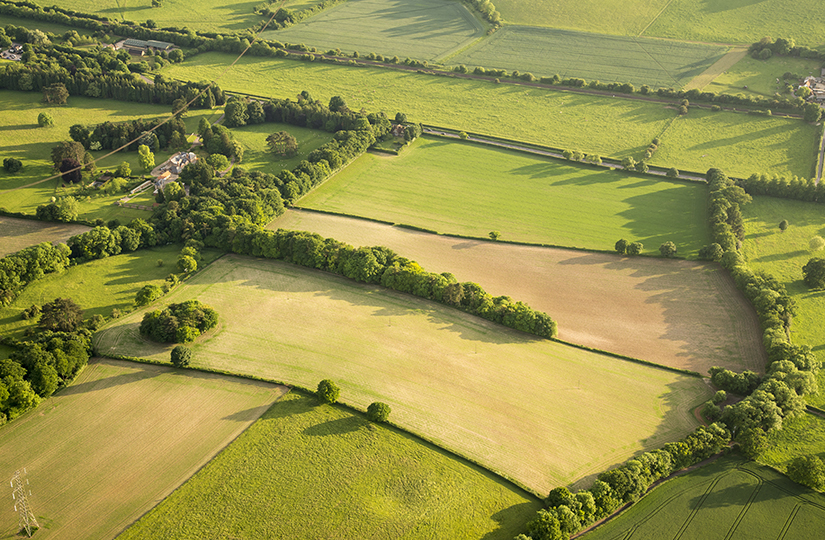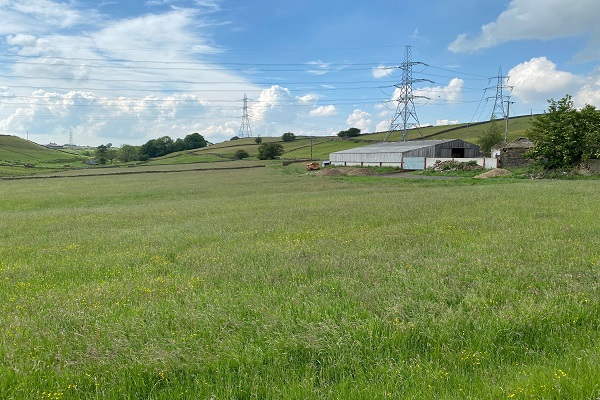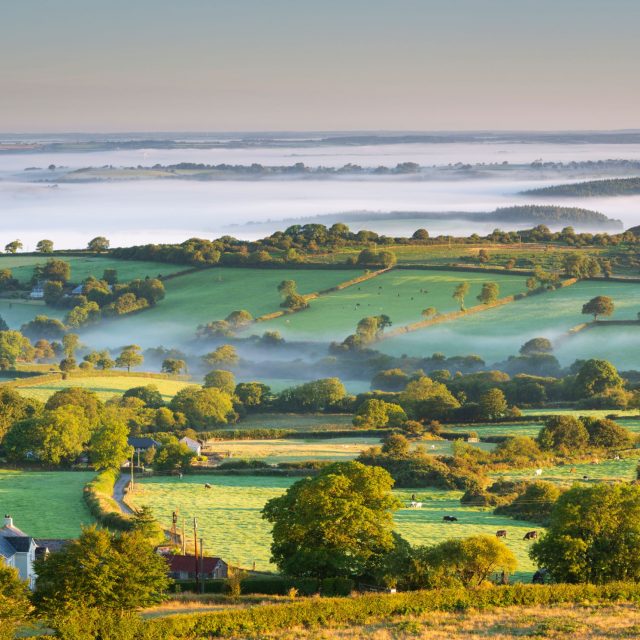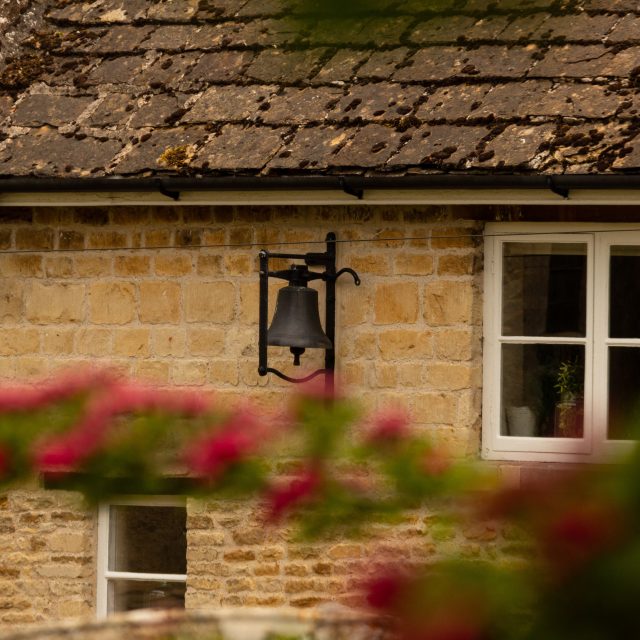Critical six months lie ahead for ELM scheme
It has been a long time coming but we are about to see whether the Environmental Land Management (ELM) scheme, in its various forms, has been worth the wait.
Lots of people are desperate for it to be a success. Farmers want a practical scheme with clear environmental outcomes and easy-to-deal-with administration. Environmentalists see the transition from Basic Payments to payments for public goods as the golden opportunity of a generation to reverse the wildlife and climate crises. And Defra and the government desperately want it to be a success to show that global Britain can be world-leading, free from the EU and the ‘bureaucratic’ Common Agricultural Policy.
So will it be a ground-breaking scheme that delivers once-in-a-generation change or is there a danger its rollout will be met by low uptake and disappointment?
Delays throughout the process
ELM is the government’s new approach to farm support and to help it deliver its environmental ambitions. It comprises three schemes but should be considered alongside the other schemes that are being introduced and the review of farm regulation.
To date, the overriding feature of the development of all of the schemes has been delay and late delivery (with the exception of the Farming Equipment and Technology Fund, which opened in November). There has been next to no information on some elements of ELM, in particular the Local Nature Recovery scheme. This is worrying.
What Defra is trying to design is complicated, has not been helped by COVID and is made more time consuming by the co-design of different elements. Nevertheless, much of this could have been built into the department’s plans and the National Audit Office has been rightly critical of Defra for lack of planning and delays. Plus, there are elements, such as the basis on which payments will be made, that could have been consulted on but have been continually delayed.
Signs of concern for the Sustainable Farming Incentive Pilot
The Sustainable Farming Incentive (SFI) Pilot started in November – already delayed from October – and agreements will be less flexible than originally intended due to the administrative challenge of managing changes.
The number of participants is close to 1,000, which is hopefully enough to help design the full scheme. However, the NAO has criticised Defra since 2019 about adequacy of testing.
A number of our clients wanted to be part of the pilot, but decided not to take part, mainly due to amount of paperwork for each standard, difficulty interpreting the guidance and uncertainty about issues like agreement length. This is not a good portent.
Already concerns about SFI 2022 and the full SFI scheme
Running alongside the SFI Pilot will be a partial launch of the scheme in 2022, called SFI 2022.
It will only include two soils standards, a moorland standard, and an animal health and welfare review. This is much less ambitious than originally advertised, but Defra scaled down the contents of the ‘early roll out’ to minimise delivery risks and avoid overlap with Countryside Stewardship. The question now, is how they scale up SFI in 2023 and 2024, to provide a more ambitious and rounded offer.
More positively, farmers in existing environmental schemes will be able to apply for SFI 2022 and continue with their existing schemes. This is critical to encourage high levels of take up and we think, for the SFI to be successful, that concise, easy-to-understand standards that are easy to put in practice are critical.
The key concern for environmental groups is about what environmental benefits SFI will actually deliver. If it is completely open for farmers to select what standards – and levels within standards – they choose, it is questionable whether the ‘huge and transformative set of changes possible’ will be delivered. This type of approach is highly unlikely to deliver the type of functioning ecological networks that nature needs to recover (see box below) and so would be a huge missed opportunity.
There are farmers who share this view, although arguably the bigger worry for them is that the payment levels on offer through SFI are not enough of an incentive to make signing up worthwhile, particularly with commodity prices as high as they are.
A spatial framework for conservation
The key principles for helping wildlife advocated in the Making Space for Nature report, which is also known as the Lawton review, provide a spatial framework for conservation:
1. Better – enhance the quality of existing habitats, particularly woodlands and meadows, as these are often the most wildlife-rich. Looking after the existing features on the farm and managing them well should be the priority. Created habitats rarely achieve the wildlife value of existing, long-established sites.
2. Bigger – expand existing habitats where possible. In general, the larger the area of any particular habitat, the more species there are in it. For example, there would usually be more species of insects and birds in a 10 ha woodland that there would be in five 2 ha woods put together.
3. More – introduce new areas of habitat nearby. Birds, insects and plants are more likely to colonise and utilise a new habitat which is nearby. The ideal is to complement existing wildlife-rich areas with new habitats on less profitable land to benefit identified priority species.
4. Joined-up – connect pieces with corridors of similar habitat.
No news on the Local Nature Recovery scheme
There has been no or extremely little news on this scheme, which is likely to be the closest replacement for Countryside Stewardship, other than that a pilot will start in 2022. This is damaging as many land managers are deciding now what to do in terms of agri-environment schemes – and some are deciding not to renew existing schemes until they know what is available through Local Nature Recovery. This is potentially undoing lots of good work under the previous schemes. Defra needs to set out a clear transition strategy for those farmers already delivering a lot under existing schemes into Local Nature Recovery.
Encouraging signs on the Landscape Recovery scheme
There has been more activity on this, and Defra has been much clearer about what will be involved.
This is a scheme unlike any that we have seen before. It is aiming to deliver long-term (20 years +) ecosystem recovery and landscape projects at a large-scale (500 – 5,000 ha of land that is joined or contiguous in some way, for example along a stream). Agreements will be bespoke and individually negotiated.
Landscape Recovery is different to Local Nature Recovery, the second tier of ELM, as it will be the land managers who decide what they want to do and be paid for; also, there is a greater element of collaboration in Landscape Recovery, as all of the land managers will be covered by a single agreement.
The roadshow that Defra held on Landscape Recovery was excellent. It felt open and the Defra team were willing to answer all questions. This level of accessibility and transparency should be a model for all of Defra’s schemes in the future.
The examples that Defra produced were particularly useful. They provided much greater clarity about what Defra is looking for and what it is not. We need this clarity for all schemes.
Examples of potential Landscape Recovery projects shown by Defra
| Potential actions | Benefits from the project | |
| Wild peakdale | Plant large scale woodland Re-wet peatland Appropriate grazing to create habitats for priority species Restore eroded rights of way and create new ones | Biodiversity Carbon captureand storage Water quality Access Safeguarding |
| Living flood plain | Re-meander rivers and streams Reconnect flood plain Extend woodlands Restore semi-natural habitats Programme of citizen science with local university | Improved hydrology Water quality Biodiversity Carbon capture and storage Climate resilience Access and education |
| Great estuarine restoration | Connect fragmented inter-tidal habitats Re-wet arable and grass land to create habitats Awareness raising campaign to public and businesses | Biodiversity Carbon capture and storage Water quality Climate resilience Access and education |
| Large-scale arable project | Hedgerow management Pollen and nectar mixes Flower rich margins Small flower rich meadows Deploy to fit around intensive arable | NOT LIKELY TO BE FUNDED THROUGH LANDSCAPE RECOVERY, AS DEFRA SEES FITTING IN SFI AND / OR LOCAL NATURE RECOVERY |
It was also valuable to see more explanation about how Defra’s funding can be mixed with money from other sources.
What blended finance models could Landscape Recovery projects use?
| Area based funding | Defra pays for delivery on some parcels. Private funding pays for others. |
| Match funding | Defra pays for a certain % of costs. Private funding pays the balance. |
| Intermediary model | An intermediary pays the project to delivery ‘outcomes’ that the intermediary owns and can sell (to Defra or other organisations). |
| First / final investor | Defra could be the ‘first’ investor, with others coming in later. |
Entering a critical few months for the other schemes
It feels like the next six months or so are absolutely critical to the success of ELM and the agricultural transition plan in total as many schemes are planned to open (see table below).
How the farming community perceive ELM and engage with it in the long-term will depend on whether the different schemes open as planned, with no administrative issues and land managers are able to see the positive outcomes from them – financially and environmentally.
If there are problems as the schemes are rolled out it will erode the already frayed confidence of farmers in this new programme. It would be tragic if schemes with excellent motives were hamstrung by lack of confidence. This can still be avoided, but delivery and communications need to be improved immediately.
Defra should aim to keep schemes straightforward, which will make them more attractive to more farmers and so achieve a higher uptake. Past schemes have not shown land managers what is expected and how to achieve it – this is needed now.
At the moment, there are clearly reasons to be concerned, but there is still a window for improvements to be made. There’s the old saying: ‘The best things in life are worth waiting for’ – but the pressure is now on Defra to make sure that is true.
Schemes planned to open or remain open in 2022:
- Retirement scheme (aka lump sum exit scheme)
- New Entrant Support Scheme
- Sustainable Farming Incentive Pilot
- SFI 2022
- Local Nature Recovery Pilot
- Landscape Recovery Pilot
- Farming in Protected landscapes
- Tree Health Scheme
- England Woodland Creation Offer
- Animal health and welfare pathway
- Farming Equipment and Technology Fund
- Farming Transformation Fund
- Farm resilience support
- Slurry Investment Scheme
- Innovation Research and Development Scheme
- Regulatory reform
This article first appeared in a publication produced by the Institute of Agricultural Land Management.






